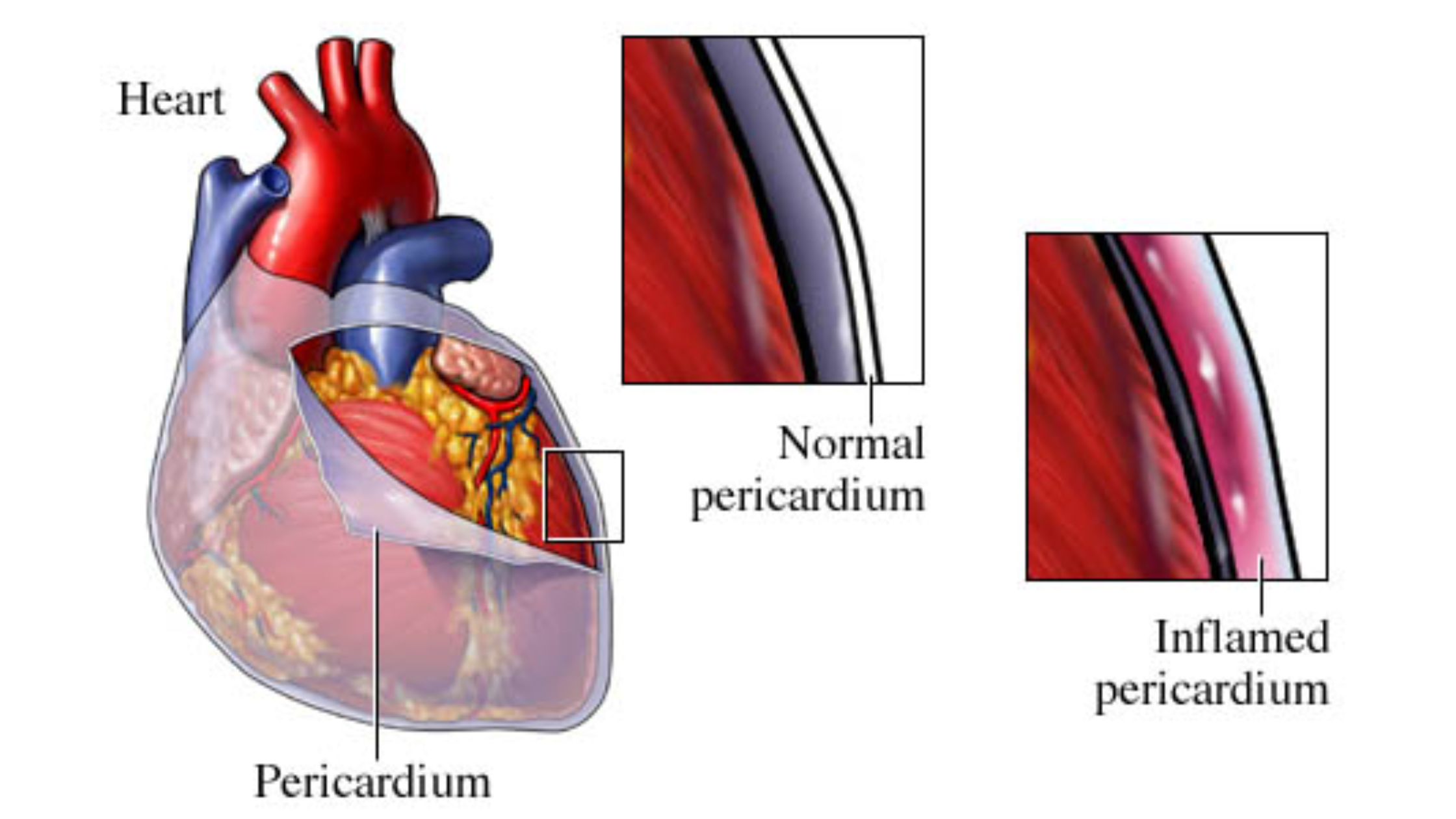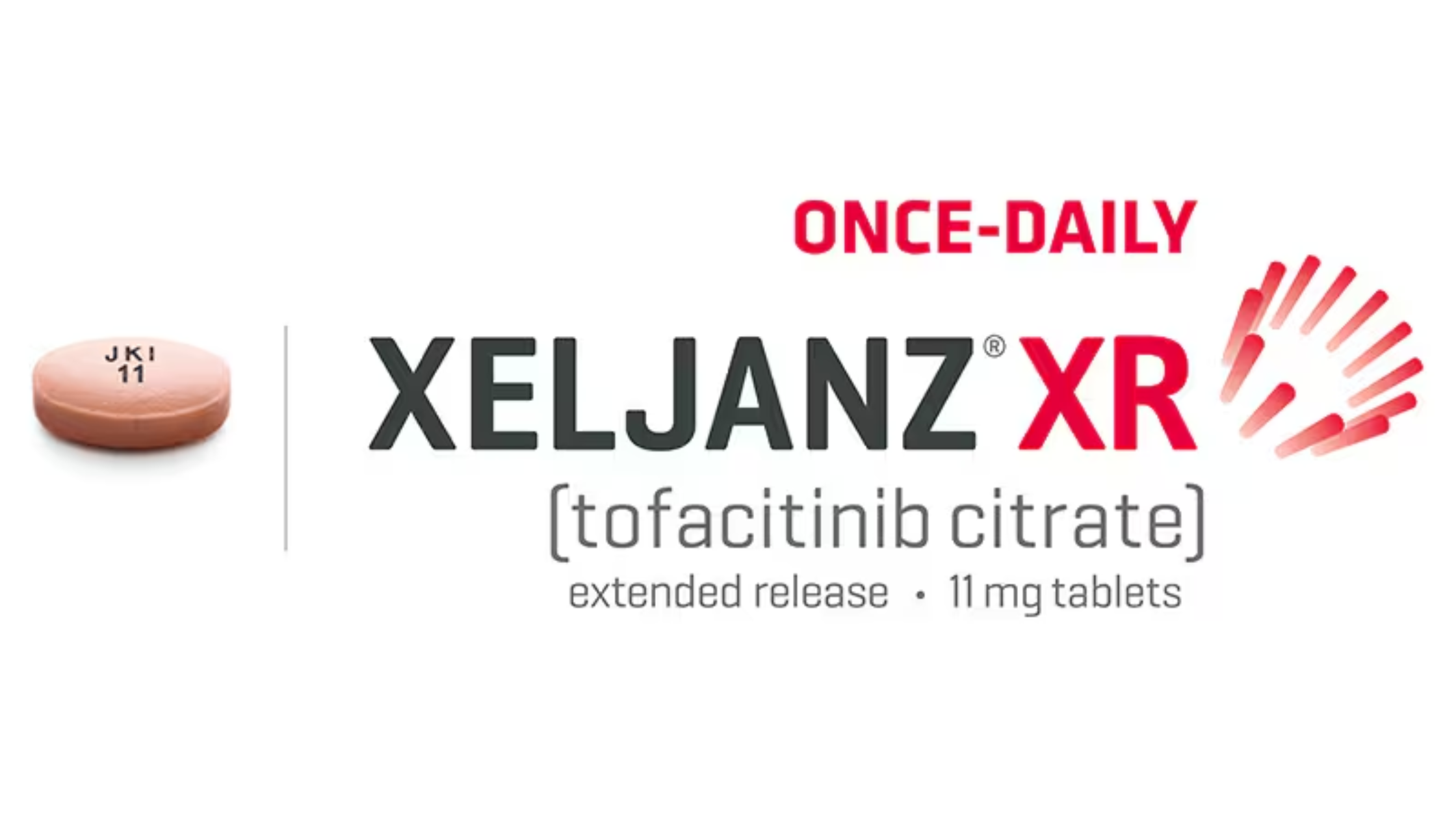Antidote vs antivenom what is the difference? In the world of medical emergencies, two terms often come up: antidote and antivenom. While both are crucial in counteracting harmful substances in the body, they serve very different purposes and work through distinct mechanisms. This comprehensive guide will delve into the differences between antidotes and antivenoms, exploring their definitions, mechanisms of action, uses, and applications. Understanding these differences is vital for both medical professionals and the general public to appreciate the specific roles each plays in saving lives.
Defining Antidotes and Antivenoms
What is an Antidote?
An antidote is a substance that can counteract a form of poisoning. Antidotes work against toxins that can be ingested, inhaled, or absorbed through the skin. They are used to treat a wide range of poisons, including drugs, chemicals, and other toxic substances. The primary goal of an antidote is to neutralize the toxic effects, prevent further harm, and support the body’s recovery.
What is an Antivenom?
Antivenom, on the other hand, is a specific type of antidote used to treat envenomation caused by bites or stings from venomous creatures such as snakes, spiders, scorpions, and certain marine animals. Antivenoms are created by immunizing animals (often horses or sheep) with small, non-lethal doses of venom. The animal’s immune system produces antibodies against the venom, which are then harvested and purified to create the antivenom.
Mechanisms of Action
Antidotes
Antidotes function through various mechanisms, depending on the type of poison they counteract:
- Chemical Antagonism: Some antidotes react chemically with the poison to neutralize its effects. For example, activated charcoal adsorbs certain poisons in the gastrointestinal tract, preventing their absorption.
- Receptor Antagonism: These antidotes block the receptors that the toxin would normally bind to. For example, naloxone is used to reverse opioid overdoses by blocking opioid receptors.
- Enzyme Inhibition: Certain antidotes inhibit enzymes that are activated by toxins. Pralidoxime, for instance, reactivates acetylcholinesterase inhibited by organophosphates.
- Chelation: Some antidotes bind to heavy metals and other toxins, forming complexes that can be excreted from the body. Dimercaprol is an example used for arsenic, mercury, and lead poisoning.
How Antivenoms Work
Antivenoms contain antibodies that specifically target and neutralize the venom components. When administered, these antibodies bind to the venom toxins, preventing them from interacting with the body’s cells and tissues. This neutralization process allows the body to eliminate the venom through its natural metabolic processes.
Uses and Applications
Uses of Antidotes
Antidotes are used to treat a broad spectrum of poisoning scenarios, including:
- Drug Overdose: Medications like naloxone for opioids, flumazenil for benzodiazepines, and acetylcysteine for acetaminophen overdoses.
- Chemical Poisoning: Agents like atropine for organophosphate insecticide poisoning.
- Heavy Metal Poisoning: Chelators like dimercaprol for arsenic, mercury, and lead.
Uses of Antivenoms
Antivenoms are specific to venomous bites and stings. Their uses include:
- Snake Bites: Treating bites from venomous snakes such as cobras, vipers, and rattlesnakes.
- Spider Bites: Antivenoms for bites from dangerous spiders like the black widow or brown recluse.
- Scorpion Stings: Counteracting the effects of venom from dangerous scorpion species.
- Marine Envenomations: Treating stings from venomous marine animals like jellyfish or stonefish.
Production and Availability
Production of Antidotes
Antidotes are produced through various chemical and biological processes, depending on the type of toxin they are designed to counteract. Some antidotes, like activated charcoal, are relatively easy to produce and widely available. Others, such as those for rare or highly toxic substances, may be more complex and less readily available.
Production of Antivenoms
The production of antivenoms is more specialized and involves several stages:
- Venom Extraction: Venom is extracted from the venomous animal.
- Immunization: The venom is injected into host animals in small, controlled doses.
- Antibody Harvesting: The host animal produces antibodies against the venom, which are then harvested from its blood.
- Purification: The antibodies are purified to create the final antivenom product.
Due to the complexity of this process, antivenoms are typically more expensive and less widely available than many antidotes.
Administration and Dosage
Administering Antidotes
The administration of antidotes varies widely depending on the type and severity of poisoning. Common methods include:
- Oral Administration: For substances like activated charcoal.
- Intravenous Injection: For more immediate effects, such as with naloxone.
- Intramuscular Injection: For certain antidotes that require slower absorption.
Dosages are carefully calculated based on the patient’s weight, age, and the severity of the poisoning.
Administering Antivenoms
Antivenoms are usually administered intravenously to ensure rapid distribution throughout the body. The dosage depends on the type of venom, the severity of envenomation, and the patient’s response to the treatment. Monitoring is essential to manage potential allergic reactions or serum sickness, which can occur with antivenom use.
Side Effects and Risks
Side Effects of Antidotes
While antidotes are lifesaving, they can also have side effects. These may include:
- Allergic Reactions: Some individuals may have allergic reactions to specific antidotes.
- Toxicity: In rare cases, the antidote itself can be toxic if not administered correctly.
- Drug Interactions: Antidotes can interact with other medications the patient is taking.
Side Effects of Antivenoms
Antivenoms also carry risks, including:
- Anaphylaxis: A severe, potentially life-threatening allergic reaction.
- Serum Sickness: A delayed immune response causing fever, rash, and joint pain.
- Localized Reactions: Pain or swelling at the injection site.
Conclusion
Understanding the differences between antidotes and antivenoms is crucial for effective medical intervention in cases of poisoning and envenomation. While both are designed to neutralize harmful substances, their mechanisms, applications, and production methods are distinctly different. Antidotes provide a broad defense against various poisons, while antivenoms are specialized treatments targeting specific venoms.
Antidote vs antivenom: Comprehensive Table of Differences
| Feature | Antidote | Antivenom |
|---|---|---|
| Definition | Immunization of host animals, antibody harvesting, and purification | Antibody-based treatment for venomous bites/stings |
| Mechanism of Action | Chemical antagonism, receptor blocking, enzyme inhibition, chelation | Antibody neutralization of venom components |
| Uses | Drug overdose, chemical poisoning, heavy metal toxicity | Snake bites, spider bites, scorpion stings, marine envenomations |
| Production | Chemical and biological processes | Immunization of host animals, antibody harvesting and purification |
| Administration | Oral, intravenous, intramuscular | Intravenous |
| Side Effects | Allergic reactions, toxicity, drug interactions | Anaphylaxis, serum sickness, localized reactions |
| Availability | Generally more widely available | More specialized, often less available |
| Examples | Naloxone, activated charcoal, dimercaprol | Antivenom for cobra, antivenom for black widow |
By understanding these critical differences, healthcare providers can make informed decisions when treating poisoning or envenomation, ultimately saving lives and improving patient outcomes.
The distinction between antidotes and antivenoms lies in their specific applications, mechanisms, and methods of production. Both are indispensable tools in modern medicine, providing essential countermeasures against a wide range of toxic threats. Being informed about these differences enhances our ability to respond effectively to medical emergencies and underscores the importance of specialized knowledge in healthcare.




Your article helped me a lot, is there any more related content? Thanks!